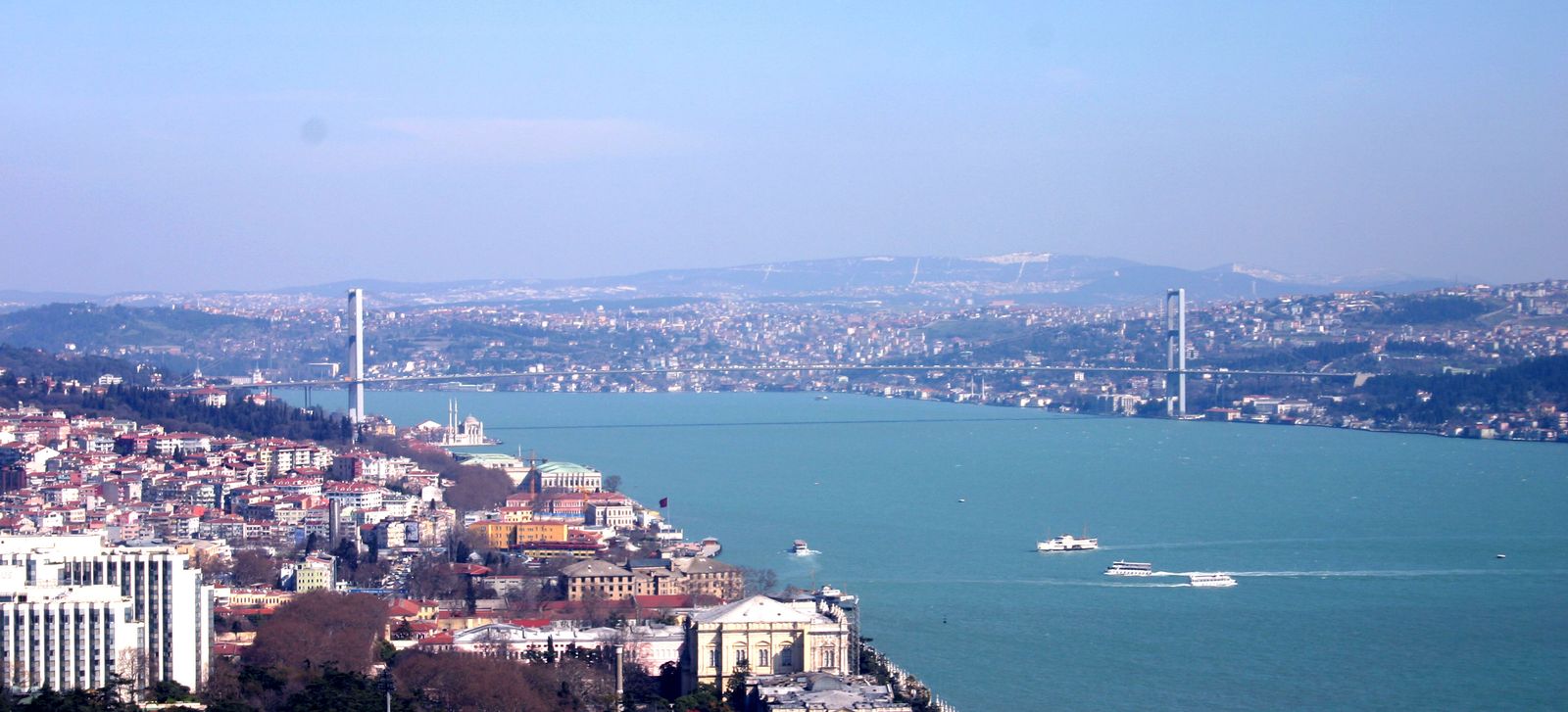Istanbul, the bridge between Asia and Europe and home to almost 20 million, is a city that has withstood 2,500 years of conflict and seen the coming and going of history’s most powerful empires and armies. Despite having withstood so much, one of nature’s most dangerous and unforgiving forces currently poses a new, mounting threat to this city.
On August 17, 1999, a 7.4 magnitude earthquake rocked the Marmara region south of Istanbul, resulting in the death of 17,000 citizens and the injury of a further 43,000. The trauma of the 1999 earthquake still affects inhabitants of the Marmara who vividly remember the destruction it caused to Istanbul and surrounding cities, and these fears have resurfaced in recent years as more and more Turkish scientists have predicted that another 7+ magnitude quake will occur within the next three decades. The greatest concern is that these scientists believe the quake is inevitable, and the only variable is when it will happen. This, however, has not affected the rapid expansion project that Istanbul has undertaken for the past eighteen years, with the city growing around three times in size and twice in population. The issue is that the expansion has come at the cost of poorly built housing, giving up stability for expediency. Additionally, because of Turkey’s ~3.6 million Syrian refugees, many of which are in Istanbul, the population is estimated to be much higher than the official figures of 19 million, meaning that the predictions for potential deaths and injuries are underestimates. Add to this the fact that the refugees tend to live in shanty, unstable housing, and it poses a humanitarian crisis of nauseating proportions.
Speaking of shanty housing, a primary example is Istanbul’s “gecekondu,” or “built-over-night” neighborhoods, which consist of numerous small, abysmally constructed houses. These buildings are constructed without legal permits and so do not face the necessary safety checks. Even more concerning is that approximately half of Istanbul’s buildings are illegally constructed, without proper licensing, and some districts like Avcılar Yeşilkent are 100% illegally built.
Leading Turkish construction engineer Cemal Gökçe highlights that in 1999, Istanbul had many open spaces which made escape and protection in the scenario of an earthquake much easier; this is no longer the case. He comments that now, if there were to be an earthquake, the streets are so narrow and buildings so congested that people would be even safer inside their apartments. In 2016, Gökçe estimated that, if a quake were to occur, 25% of Istanbul’s buildings would become completely uninhabitable, leaving at least 2 million civilians without residence. With Istanbul’s breakneck growth, those figures have certainly skyrocketed to date.
Of course, the estimates of the potential damage vary wildly. A 2001 study predicted that a 7.5 magnitude quake could cause 70,000-90,000 casualties, injure around 500,000, leave 1 million in need of urgent rescue operations, and inflict $50 billion worth of damage. Moreover, these figures are from 18 years ago; the current values could be close to double. All of this does not even take into account the fact that a substantial fraction of Istanbul’s buildings are historical sites, such as the 1,500 year old Ayasofya (Blue Mosque), 400 year old Sultan Ahmet Mosque, and the extravagant Dolmabahçe palace. The further south in Istanbul one goes, the more ancient and valuable the buildings become—and the closer they are to the fault line in question.

Setting aside the damage that could be done to the surface of Istanbul, there is also concern surrounding the countless underground artifacts and relics left over from the Ottoman, Byzantine, and even more ancient empires. When digging for the Bosphorus underground railway in 2004, architects struck Byzantine shipwrecks; control of the site was turned over to museums, and from then until 2015, a total of thirty-seven exceptionally well preserved shipwrecks were uncovered, including a Neolithic dwelling dating back to 6,000 B.C.E, all of which would be destroyed by the quake.
As of now, there seems to be no let-up with Istanbul’s rapid growth, as evidenced by the opening of the new Istanbul Airport last year—indeed, the old airport, which is much closer to the city center, is closed and will likely be torn down and converted to additional housing and shopping centers. It would be prudent, however, for Turkey to direct its attention towards earth-quake proofing its largest and most populated economic hub, for the destruction of Istanbul poses an existential threat to the Turkish economy. As Turkish Professor Dr. Ömer Aydan of Japan’s University of the Ryukyus somberly comments, “it is impossible to escape the occurrence of such an earthquake in the Marmara [within the next several decades].”
Cover Photo by Bertil Videt, CC BY 2.5, accessed via Wikimedia Commons.




